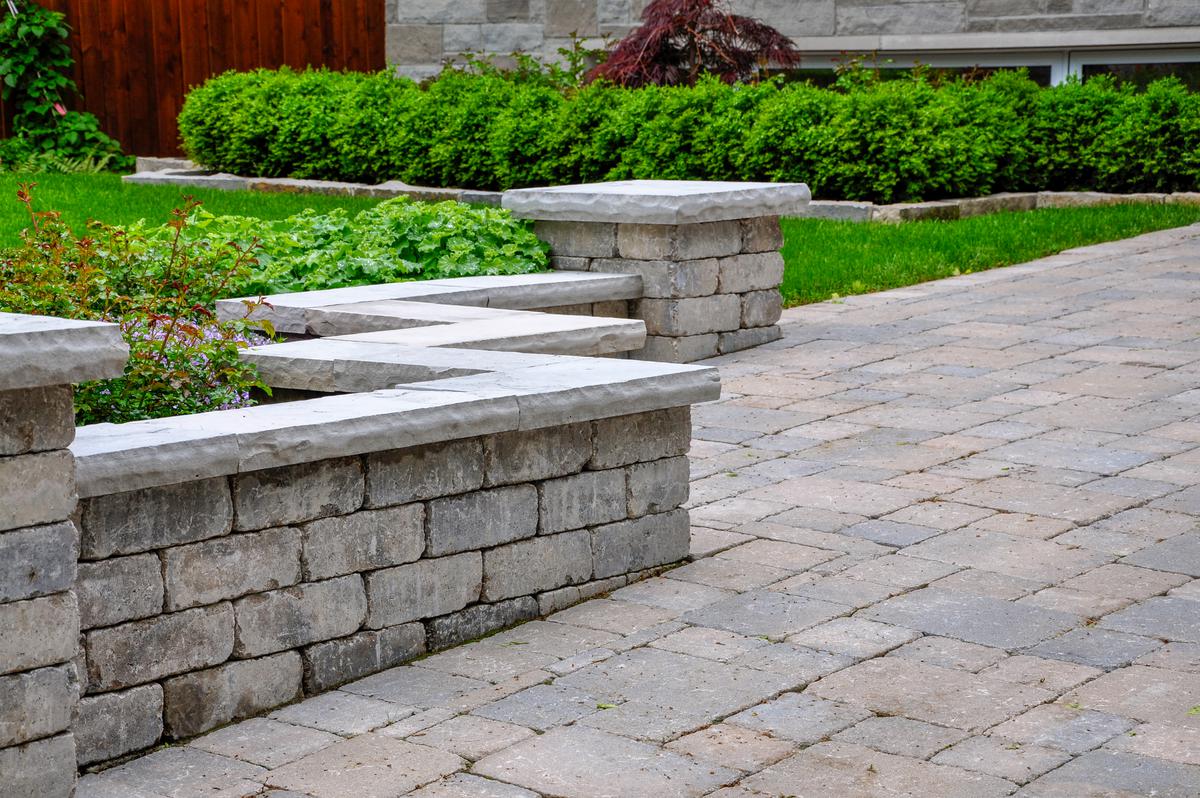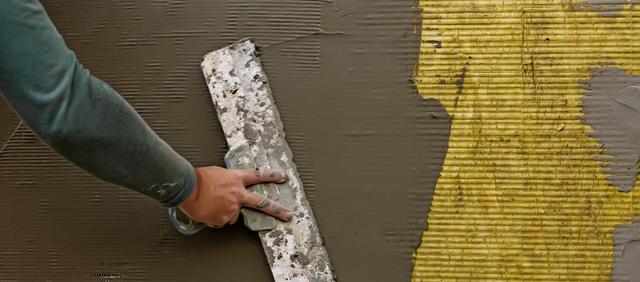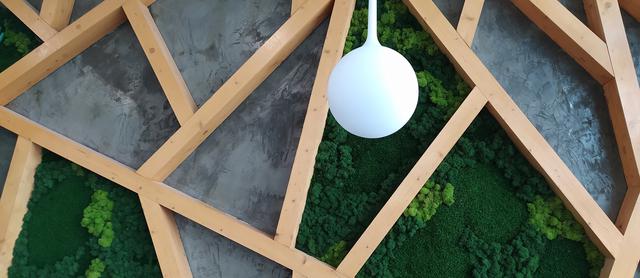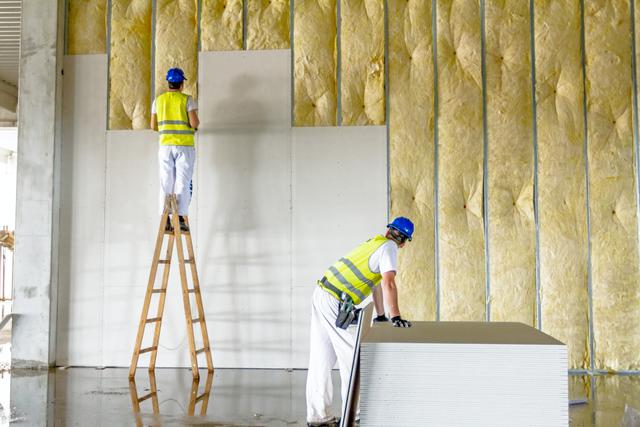Retaining walls are essential in any property that has steep slopes or uneven terrain. They help prevent soil erosion, improve drainage, and add aesthetic value to your yard. However, building a retaining wall can be a daunting task for many homeowners, especially if you are doing it for the first time. In this article, we'll cover some of the biggest surprises homeowners encounter when building a retaining wall, and how to avoid them.
Understanding Your Soil Type
Before starting any retaining wall project, it's crucial to understand your soil type. Different soil types have varying characteristics, such as drainage, compaction, and water retention. Failure to understand your soil type can lead to structural issues in your retaining wall, such as cracking or leaning. It's best to consult a professional engineer or geologist to conduct a soil test and provide recommendations for your retaining wall project.
Permits and Regulations
Another surprise that homeowners encounter when building a retaining wall is the need for permits and regulations. Most local authorities have regulations that govern the construction of retaining walls, such as height restrictions, setback requirements, and materials used. Failure to comply with these regulations can result in fines or even having to tear down the wall. Before starting any retaining wall project, check with your local authorities to ensure that you comply with all the necessary permits and regulations.
Materials and Cost
Choosing the right materials for your retaining wall project can be overwhelming, given the wide range of options available. Materials such as concrete, brick, and stone all have their advantages and disadvantages. Homeowners must choose materials that suit their budget, aesthetic preference, and durability requirements. Additionally, retaining wall projects can be costly, with the cost varying depending on the materials used, labor, and site preparation. Before starting any retaining wall project, it's crucial to have a budget in mind and seek professional advice to ensure that you get value for your money.
Site Preparation
Site preparation is a crucial aspect of building a retaining wall. Surprises can arise when you discover that the site has underground utilities such as gas pipes, water mains, or electrical cables. This can be a significant challenge as it can lead to delays in the project or even cause damage to the utilities. It's crucial to conduct a site inspection to identify any underground utilities and seek professional advice on how to avoid them.
Drainage
Another surprise that homeowners encounter when building a retaining wall is poor drainage. Retaining walls are designed to manage water flow and prevent soil erosion. However, poor drainage can lead to structural issues such as bulging, cracking, or leaning. It's crucial to incorporate proper drainage systems in your retaining wall project, such as weep holes, gravel backfill, and drainage pipes.
Building a retaining wall can be a challenging task for many homeowners. However, with proper planning, site preparation, and professional advice, homeowners can avoid some of the biggest surprises associated with retaining wall projects. Understanding your soil type, obtaining the necessary permits and regulations, choosing the right materials and budgeting accordingly, conducting a site inspection, and incorporating proper drainage systems are essential steps to building a sturdy and durable retaining wall.






comments